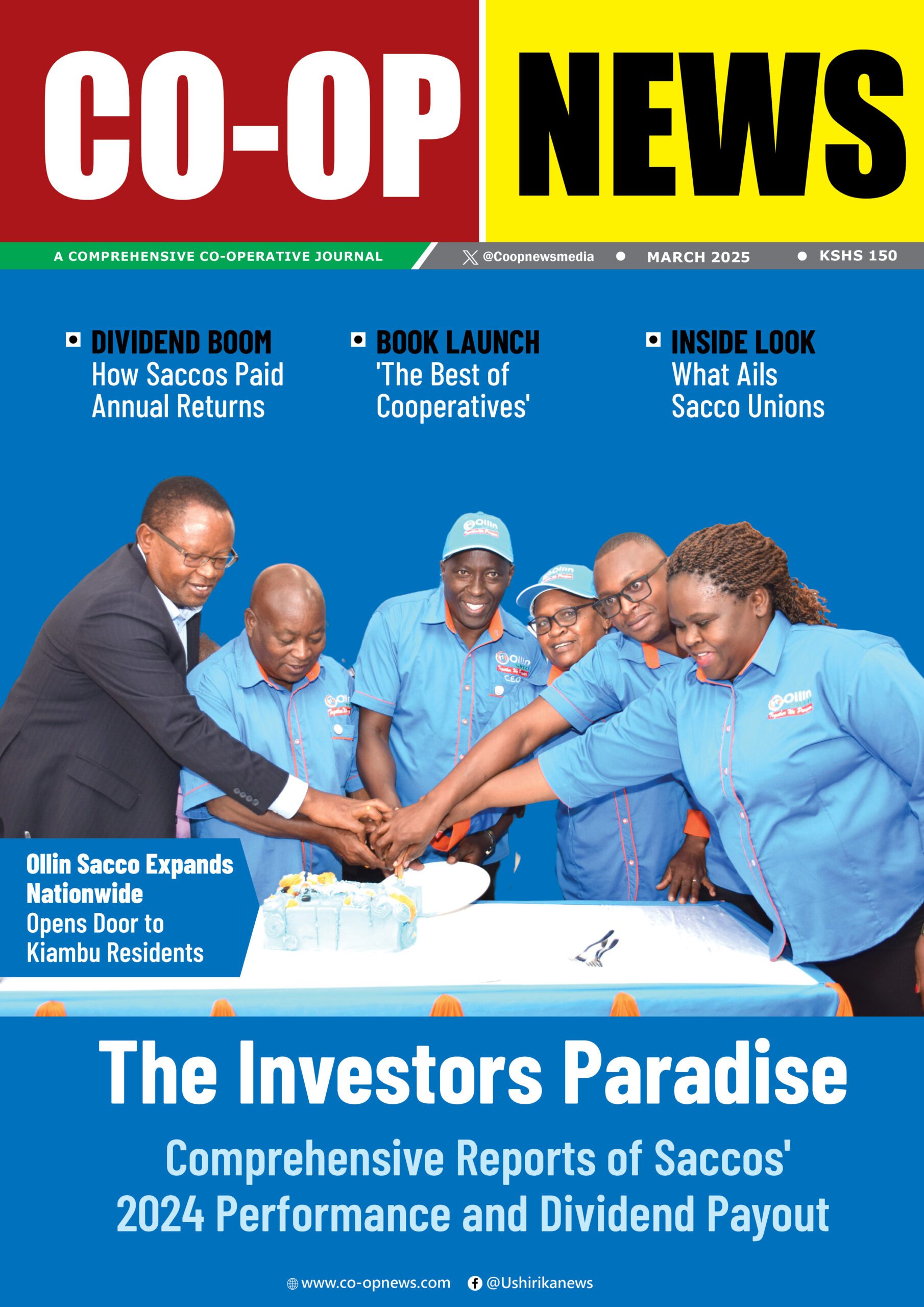Studies have shown that not-for-profit, member-owned Savings and Credit Co-operative Societies (Saccos) are consumers’ best financial partners. Co-operatives at large advance the welfare of the communities they serve.
For instance, a 2022 Credit Union National Association (CUNA) survey in the USA shows that, on average, Sacco (credit union) members are more financially resilient than bank consumers.
Sacco members are significantly more likely than nonmembers to use financial education services, which means their members are more likely to engage in practices that improve their economic well-being. Often Saccos organize education and training programmes to promote financial literacy and enlighten members on savings, borrowing and investment.
Most report that the financial institution they own has improved their financial well-being. A Sacco member is the owner, depositor and borrower.
As a democratically controlled depository institutions, Saccos deliver big financial and non-financial benefits. Unlike banks, they have no stockholders, which means they return profits directly to members — not to outside investors.
The co-operatives management is firmly focused on maximizing service to members. Saccos are smaller, have a more local presence, and provide a more personal approach to consumer service.
Various studies show savings and credit societies members are two times more likely than nonmembers to say they have received personalized financial education. In the CUNA study, responses showed that members had taken action based on the advice they received and have established a financial buffer to shield them during tough times. Sacco members are also more likely to say that their financial institution has a “very positive” impact on their financial well-being than bank-only customers (44% to 29%).
Saccos exist to improve financial well-being for all. The specific wording varies, but the essence of this commitment is codified in each Society’s bylaws.





